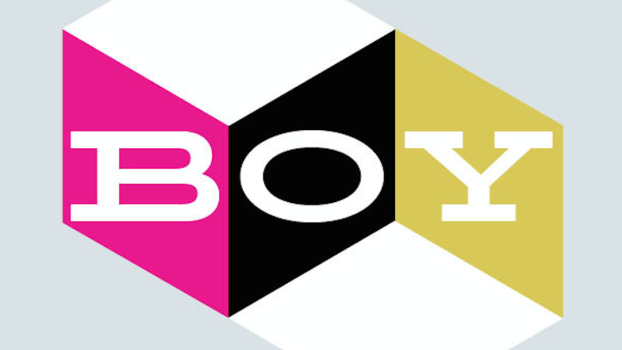Canadian consumers are beginning to tire of online shopping, and when that is mixed with the supply chain pressures most retailers are grappling with, it seems to be creating a recipe for brand experience disaster.
So how does a brand address this?
KPMG’s Global Customer Experience Excellence report surveyed more than 1,000 Canadians earlier this month on their perceptions of 123 brands with ecommerce offerings across nine sectors.
It revealed that 64% of Canadians are frustrated by their online shopping experience in some way, be it because of clothing that doesn’t fit as promised or the struggles of returning merchandise through systems that can be overly complicated. An almost identical number, 65%, “really miss or missed the in-store shopping experience.”
According to Katie Bolla, partner and retail industry lead for KPMG in Canada, online shopping dissatisfaction “puts pressure on retailers to deliver on their brand promise at the very time when there’s immense strain in their supply chains.”
It’s because of those supply chain struggles that delivering a positive customer experience is easier said than done. That can exacerbate existing pain points, like delays in shipping, returns taking longer or the higher cost of shipping and materials eating away at margins and making it harder for a brand to stomach free returns and shipping. Or, it can create new ones, like items being out of stock or sticker shock as inflation reaches the consumer.
So how does a brand deliver on a winning customer experience and drive brand loyalty in that environment?
According to KPMG, it comes down to two factors that are, for the most part, not impacted by supply chain pressures: personalization, which is the biggest driver for customer loyalty among retailers, and properly setting expectations, which has a significant impact on customer advocacy.
A near totality — 90% of respondents — want retailers to leverage technology in some way to reduce returns. Another 69% of respondents say retailers need to think outside the box to replicate an in-person experience online. How that’s connected to the two “experience pillars” KPMG points to is apparent when you think of an example like using a virtual reality dressing rooms or AI-powered sizing guide. Using technology to better ensure fit both reduces returns down the line, as well as sets a customer’s expectations for what they are going to receive.
Across categories, 41% of consumers like the idea of retailers predicting “what I want, when I want it, and delivering it to my house.” A further 78% say they will switch brands if they can’t get that kind of prompt responsive service.
“Many retailers have undergone dramatic digital facelifts during the pandemic, but that’s just the tip of the iceberg when it comes to digital retail,” adds KPMG’s Peter Hughes, partner and national leader of the customer practice. “Using technology to give customers what they want when they want it will be the next wave of innovation in consumer retail.”
KPMG highlighted two brands that have excelled across the pillars it says are vital to a positive customer experience: Lululemon and Simons.
Lululemon was singled out for its ability to proactively address consumer problems, as well as showing empathy and compassion throughout the process. As part of Lululemon’s efforts to be more accessible to customers during the pandemic, it has set up 106 pop-up stores across different markets; while they may not have the full selection of a typical Lululemon store, it has helped ease customer congestion. It has also set up consumer waitlists, which, while not moving anything faster, helps manage expectation and keep consumers informed. It also acquired of in-home fitness company Mirror to offer an in-home fitness and interactive workout platform to new and existing customers.
Simons excelled, KPMG says, in demonstrating integrity and empathy by providing a welcoming and inclusive environment to drive deep rapport. It further boosted customer loyalty and advocacy through Fabrique 1840, a digital marketplace for local artisans, expanding the program last year by enriching the ecommerce platform and offering turnkey digital marketing services for those local artisans.
























